Supporters
FEATURE POST: MGLSAT
HELLO + WELCOME to an extra special post where we take a close up look at some of the gear we are carrying and an awesome company backing the expedition. Today, we are talking satellite phones.
As we make our way overland from Sydney to London, via deep dark Africa, having safety telecommunications is vital. As is having our batman phone.
![]()
Sure, we could hit the road with our fingers crossed and a simple hope that we’ll never need to call on outside help. But it just isn’t responsible.
We have heard whispers around forums that ‘Sat phones aren’t that important in Australia because it’s rare that you are without mobile coverage’. Well we call a big ‘hell no’ on that. In the past few weeks we have circumnavigated Tasmania and have been SHOCKED by how little connection there has been. As soon as the road has weaved away from a town all mobile and 3G connection has dropped out. We’ve taken plenty of dirt tracks – so fair enough – but we are also talking about zero coverage on tar mac. (*Note: We are with Telstra – so there is no better traditional connection.).
Today as we sit in the middle of the desert in western Victoria we feel safe knowing we have the best possible satellite phone, coverage and provider available. And it’s all thanks to MGLSAT.
![]()
SAFETY TELECOMMUNICATIONS PARTNER: MGLSAT
We had a quick chat to Darren Maggs to get an insight into MGLSAT and we knew plenty of you would be interested.
Who and what is MGLSAT?
“MGLSAT is a satellite voice & data company with a spirit of adventure. We use our own products doing adventures just like everyone else. In fact during 2015 we have an MGLSAT Team expedition going to Everest Base Camp so training begins next year for that one cant wait!”
From our point of view we think it’s really exciting that MGLSAT was formed by former special forces, emergency services and sports adventurers. People who love an adventure, had experienced communications issues and decided enough was enough.
What does MGLSAT offer?
“We offer all things satellite. Navigation, sat phones, EPIRBS, satellite tracking and accessories”
If I am a 4WD’er in Australia why should I choose MGLSAT and Inmarsat?
“Because we actually use our own gear and have conducted our own adventure testing, from 100’s of km’s out at sea off the back of scuba diving boats, high in the alpines during snow storms or remote locations in outback of Katherine Gorge, we recommend what we use ourselves”
Why did you choose to get behind the Aussie Overlander expedition?
“Like MGLSAT you guys have the Aussie Spirit of adventure. We have previously used a tag line for MGLSAT of “Freedom to explore, ability to survive” and we felt you were on the same path as us”
![]()
THE GEAR
Here’s a look at the Inmarsat satellite phone, emergency beacon and Pelican case that have come direct from www.mglsat.com.au
Inmarsat IsatPhone Pro (click to view)
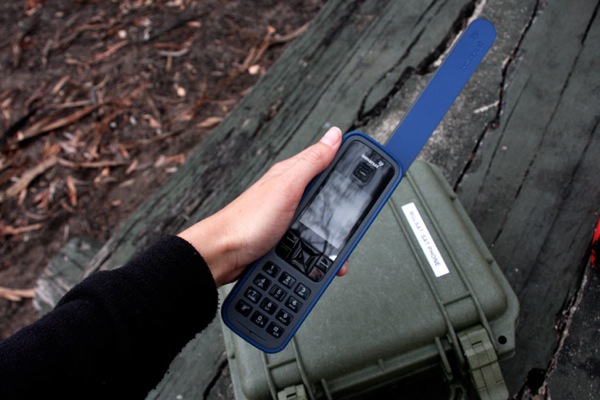
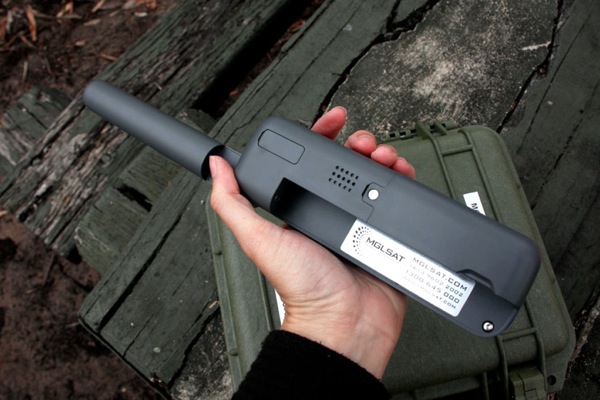
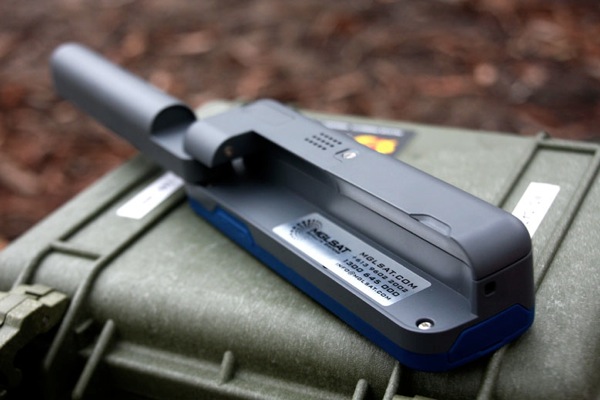
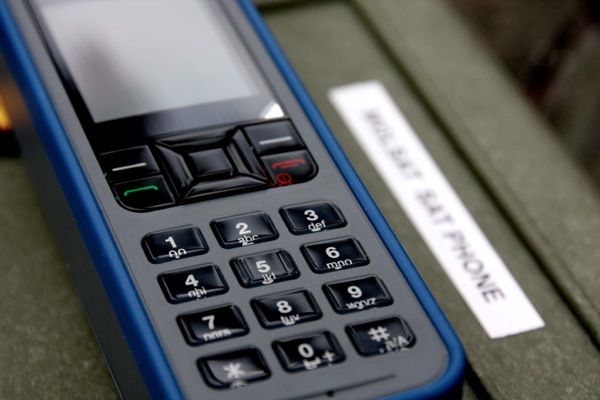
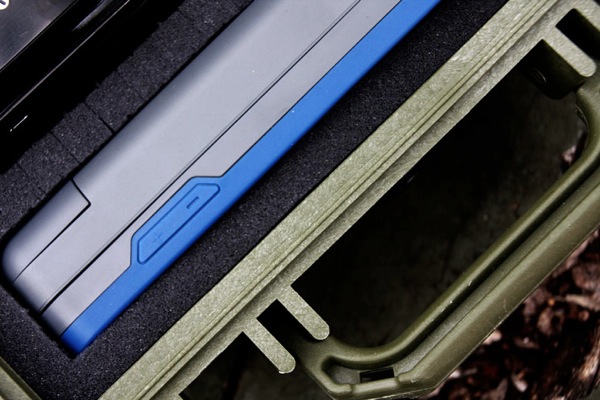

We did the research and after asking MGLSAT our mind was made up. Inmarsat was definitely the right company to be with to keep safe on this adventure. They are known for excellent call quality, access (Australia and Africa are smack bang in the middle of the Inmarsat Phone Pro coverage areas) and call rates are the same World wide.
And then there was this nugget of information from MGLSAT “Inmarsat has satellites that are extremely high. 37,000 km stationary orbit. This means they get superior coverage as they don’t move and can see into valleys/gullies/etc”
We are yet to use the phone. But when we do we’ll let you know how it goes. Fingers crossed we only ever use it when we are craving a call with family and friends.
Pelican ProGear Case (click to view)
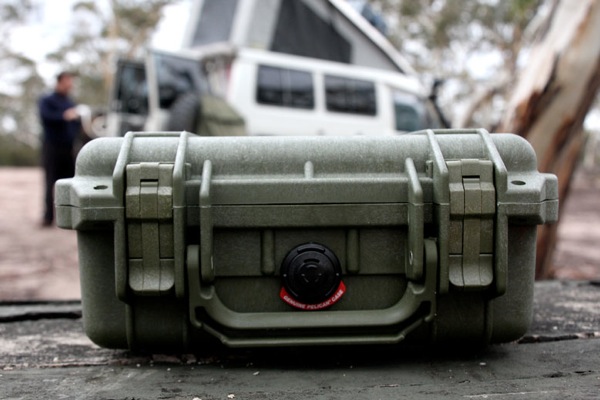
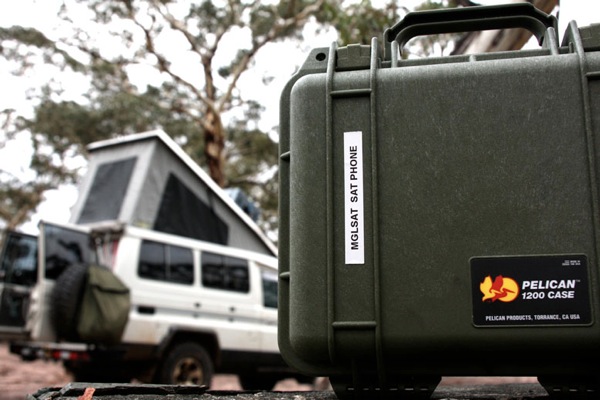
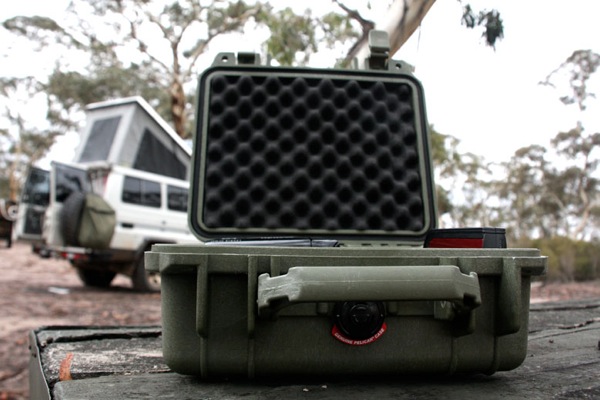
This case is so sleek + so tough + just SO cool. It houses our MGLSAT sat phone and other electrical gear we need to keep safe. Dust free. Water free. Shake free.
ACR Firefly 3 Emergency Strobe (click to view)
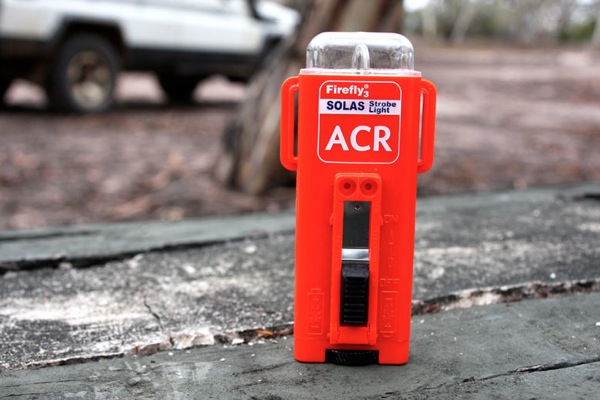
If we are lost and want to be found. The sat phone will be the first port of call. Then, depending on the situation this strobe will be flicked on. It’s light weight + uses super smart technology. It has a permanent home in our First Aid / Emergency drawer and a spot in our back packs when we go hiking.
![]()
The story is this: MGLSAT know what they are talking about. True professionals with an adventurous spirit. They have all things satellite covered. PLUS a whole lot of other smart gear in store. If you love good gear it’s the kind of online store you can get VERY excited about. Walk don’t run.
Let us know what you reckon + If you have any questions head over to MGLSAT and ask away www.mglsat.com.
Thanks for tuning in guys, it’s a real pleasure to be able to share great gear with you all.
Cheers
![]()

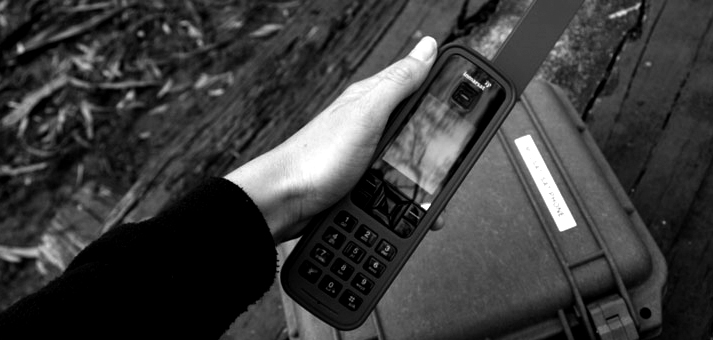
Hi guys. I’ve just subscribed go your blog and are really looking forward to hearing about your adventures.
The Inmarsat phone you’ve got is the same as mine. I’ve only taken it into Central Australia, and whilst it was excellent there, I’m keen to hear reports on how it fares in the southern latitudes.
I understand that Inmarsat phones need to be able to ‘see’ the equator. This doesn’t pose much of a problem for northern and central Australia where the most remote places are and it’s all relatively flat, but I imagine the more southern locales will have black spots. I believe the Vic high country has problems if you’re on the wrong side of the mountain, and I’d expect Tas would also have some issues. Similarly, if you’re in a deep gorge anywhere that blocks any view to the north, you won’t get a signal.
Would any of this be correct?
Cheers,
Alan
Hi Alan
Happy to hear you have subscribed and enjoying the write ups. Love having you on board in spirit with us!
We are heading North now. So all of the most southern latitudes we will be covering Australia are pretty much covered. Bar a bit in Southern Watern Australia we will eventually reach in a few months.
Everywhere we have turned the sat phone on it has connected up with no trouble. We were in Tasmania, Vic and all South Australia. Also it worked just fine in the VIC High Country area we were. When we are out of mobile service range we try and turn the sat phone on once a day to see if there are any important or emergency messages from home. Thus far, it has always been able to locate satellites and get strong connections. Actually I’m racking my brain trying to think of anywhere it was low, and it just hasn’t happened.
MGLSAT advised us that it is THE one to get if inside deeper gorges like you spoke of.
Of course we are no experts – just like you we are trying to get the best understanding. I’ll let the team at MGLSAT know about your comment here and see if they can chime in with a bit of wisdom.
See you around the traps
Cheers
Kirsty
Hi Alan, firstly as a proud satellite communications partner to Kirsty & Gareth thanks for your comments and for following their exciting adventure!! Just so you are aware Inmarsat is the worlds leader in satellite communications covering the entire globe minus the very extreme poles both North & South due to the satellites position in stationery orbit on the equator. With the I-4 Satellite being over PNG at an altitude (Space Position) of approx 37,000 m’s it has a very large eye with over a third of the worlds surface. Its sister satellites cover the other two thirds and hence a global coverage. Down south in valleys in Tasmania whilst you would have to “lean the antenna” in a northern direction, you will still get coverage and by simply moving clear of obstructions or getting a slightly higher elevation you will get coverage as many of our customers “down south” have proven. Other satellite phones don’t have the ability to dictate this coverage as other networks satellites move and hence you are dependent on them find you, not the stationery satellite system Inmarsat. By the way black spot is a term used by the mobile phone industry not satellite where there is no such thing as black spot other than under a rock, in a cave or with some form over structure blocking your line of sight to the satellite. Hope this helps. Darren Maggs (Manager – Government – Aerospace – Defence – MGLSAT)
Thanks for othe feedback Darren. That’s comforting to know.
I’ll be poking around in the Bilbunya Dunes, just north of Israelite Bay in WA, in August and will have the opportunity to try it out there. Cheers all.